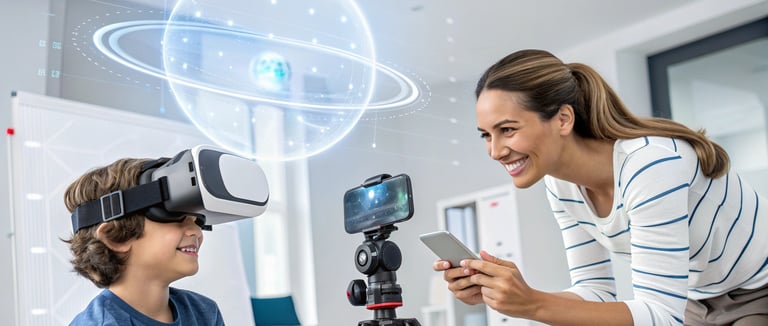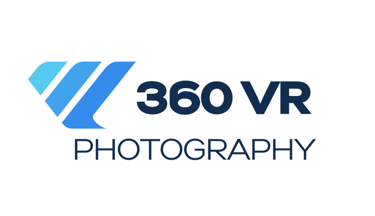AR vs VR: Key Differences Explained | Virtual Reality Services by 360 VR
Discover the key differences between Augmented Reality (AR) and Virtual Reality (VR). Learn how 360 VR Photography delivers powerful virtual reality services.


🚀 Two Sides of the Coin: The Key Differences Between AR and VR Explained
The terms Augmented Reality (AR) and Virtual Reality (VR) are often grouped together, but they are not the same. They represent two distinct, powerful approaches to immersive technology, each shaping the future of business, education, and entertainment in unique ways.
The core difference is simple: VR substitutes your reality, while AR enhances it.
At 360 VR Photography, we specialize in the entire XR (Extended Reality) spectrum. Let's break down the key differences to help you choose the right tool for your next project.
👓 Virtual Reality (VR): Total Immersion
VR is the technology of substitution. It creates a completely digital world, cutting off your view of the real world to place you somewhere else entirely.
The Environment: Fully digital world (100% computer-generated).
The Device: VR headset (e.g., Meta Quest, HTC Vive).
The Experience: Immerses you in a brand new reality, making you feel physically present elsewhere.
Best For: Full simulation, high-retention training, and virtual events in the Metaverse.
Impact Stat: VR is proven to be highly effective for training; studies show that VR learners complete training 4 times faster and are up to 400% more focused than classroom learners, due to the total absence of real-world distraction.
📱 Augmented Reality (AR): Digital Overlay
AR is the technology of addition. It blends digital elements onto your view of the real world, typically through a phone, tablet, or specialized glasses.
The Environment: The real world plus digital objects (a blended reality).
The Device: Smartphone, tablet, or AR glasses.
The Experience: Adds interactive layers and information to your current surroundings.
Best For: Retail visualization (virtual try-ons), AR marketing campaigns, and on-site guidance.
Impact Stat: AR is transforming commerce. In retail, AR try-on features can increase consumer purchase intent by 17% and reduce product return rates by helping customers visualize products in their own space (like using IKEA Place or Warby Parker apps).
💡 Core Distinctions: AR vs. VR
The difference in goal leads to key operational differences:
User's View:
AR user sees the real world, with digital elements added on top.
VR user only sees the digital world (real world is blocked out).
Primary Device:
AR primarily uses the Smartphone or Tablet.
VR requires a Dedicated Headset.
Mass Market Access:
AR has High access, available to billions of smartphone users.
VR has Medium access, requiring specialized hardware.
Market Growth Driver:
AR growth is projected to surpass $50 Billion by 2025, driven by mobile adoption.
VR growth is focused on enterprise training and high-end gaming.
🚀 Final Thoughts
Both AR and VR are powerful and complementary tools. At 360 VR Photography, we don't limit ourselves—we help businesses and creators deploy the entire XR spectrum for maximum impact, guaranteeing you get the right technology for your unique vision.
Contact Viral Gala for an XR strategy consultation: 9920322366
Explore Our Comprehensive VR and AR Services: 360vrphotography.com or 360vrphotography.in
Now that we have this foundational content perfected, let's move on to a key revenue stream. Would you like me to draft that post for the Hospitality Sector using this same, effective format, focusing on 360∘ Virtual Tours? 🏨
